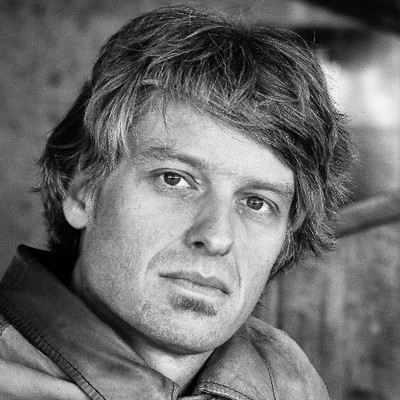Biography
ABOUT
Our architectural design is informed by integration in the local environment, spatial context, our attention to materials and detail, and, above all, our customer care.
Being aware that excellent architecture is not just prestigious, but also socially responsible, we seek to provide optimistically oriented architectural solutions.
Using a holistic approach, we wish to encourage in investors the awareness of high-quality architecture resulting in a creative future for us all.
AWARDS
- Plečnik Award, Plečnik Medal, Golden Pencil and Prešeren Fund Award
SHORT DESCRIPTION OF THE OFFICE
Jereb in Budja arhitekti d.o.o. was founded in 2007 by graduates of the Ljubljana Faculty of Architecture, Rok Jereb (Ljubljana, 1975) and Blaž Budja (Kranj, 1975). The mission of the projects designed in our architectural bureau is to manage the large and small scale. Our main guidelines in developing projects are considered and detailed architecture and urban planning, their primary criteria and aims being the environment, the functionality of the architectural creation and excellence in our customer relations.
AWARDS OF THE STUDIO
- Plečnik Award, Plečnik Medal, Golden Pencil and Prešeren Fund Award
PROJECTS TO BE PRESENTED DURING THE EVENT
Project #1: The pedestrian and cycling bridge in Irča vas near Novo mesto
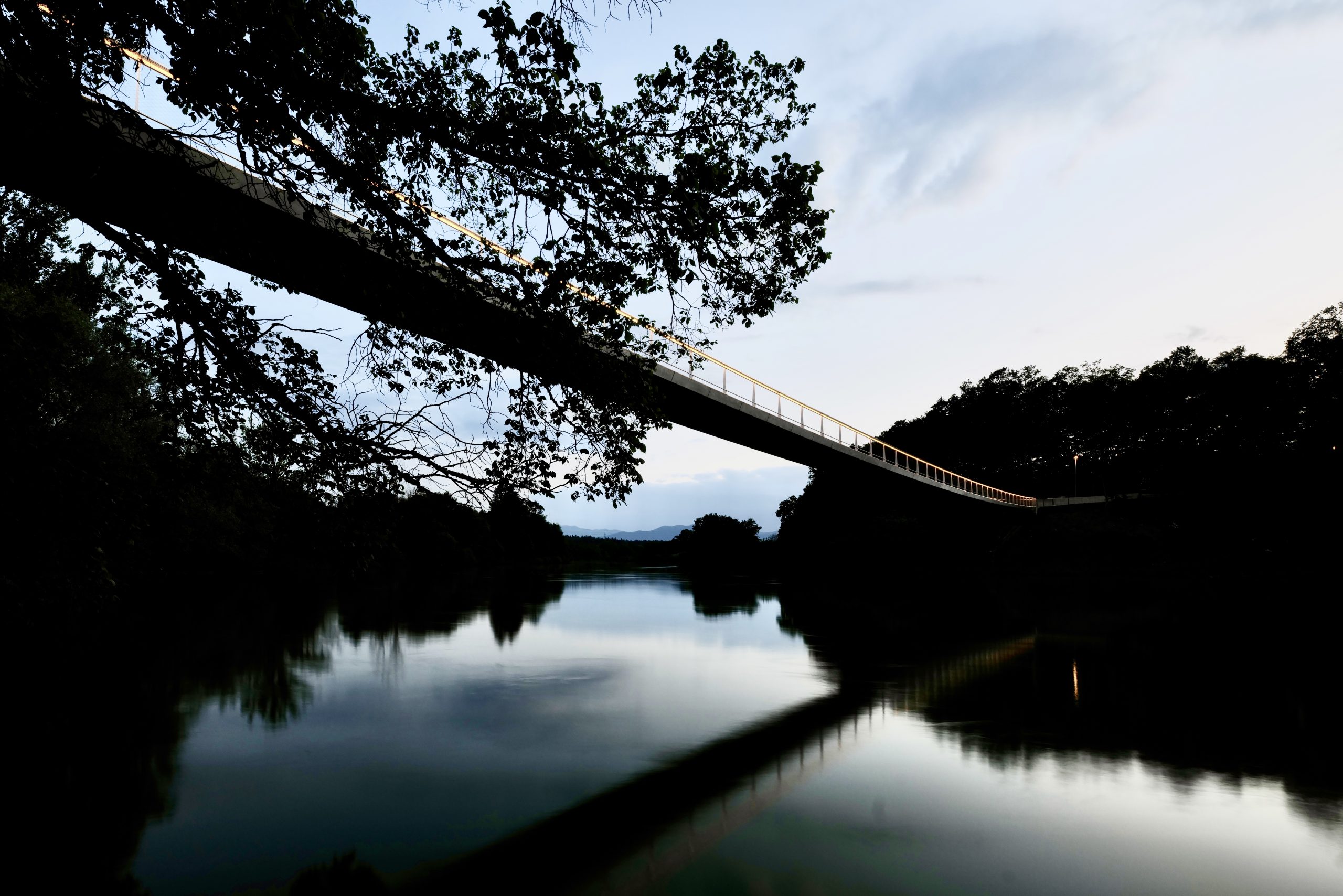
The pedestrian and cycling bridge in Irča vas proves to be an example of respectful integration of architecture into the natural environment. With its subtle presence and sensitively designed form, it blends unobtrusively into the beautiful landscape along the Krka River. The slender suspended structure, which is only 42 centimetres high, curves over the river over a span of 130 metres, allowing it to blend harmoniously into the natural environment without encroaching on the peripheral zone. The materials used in the construction of the bridge have been carefully chosen to blend in aesthetically and texturally with the surroundings. The bold and thoughtfully designed concrete structure, complemented by steel and wood, creates the feeling that the bridge is not just an artistic or engineering structure, but becomes part of nature. The new footbridge, with its design, the materials chosen and the thoughtful use of light, not only creates a sustainable and functional whole, but also conjures up an artistic expression that enhances the natural environment and allows visitors to experience and appreciate the beauty of the River Krka.
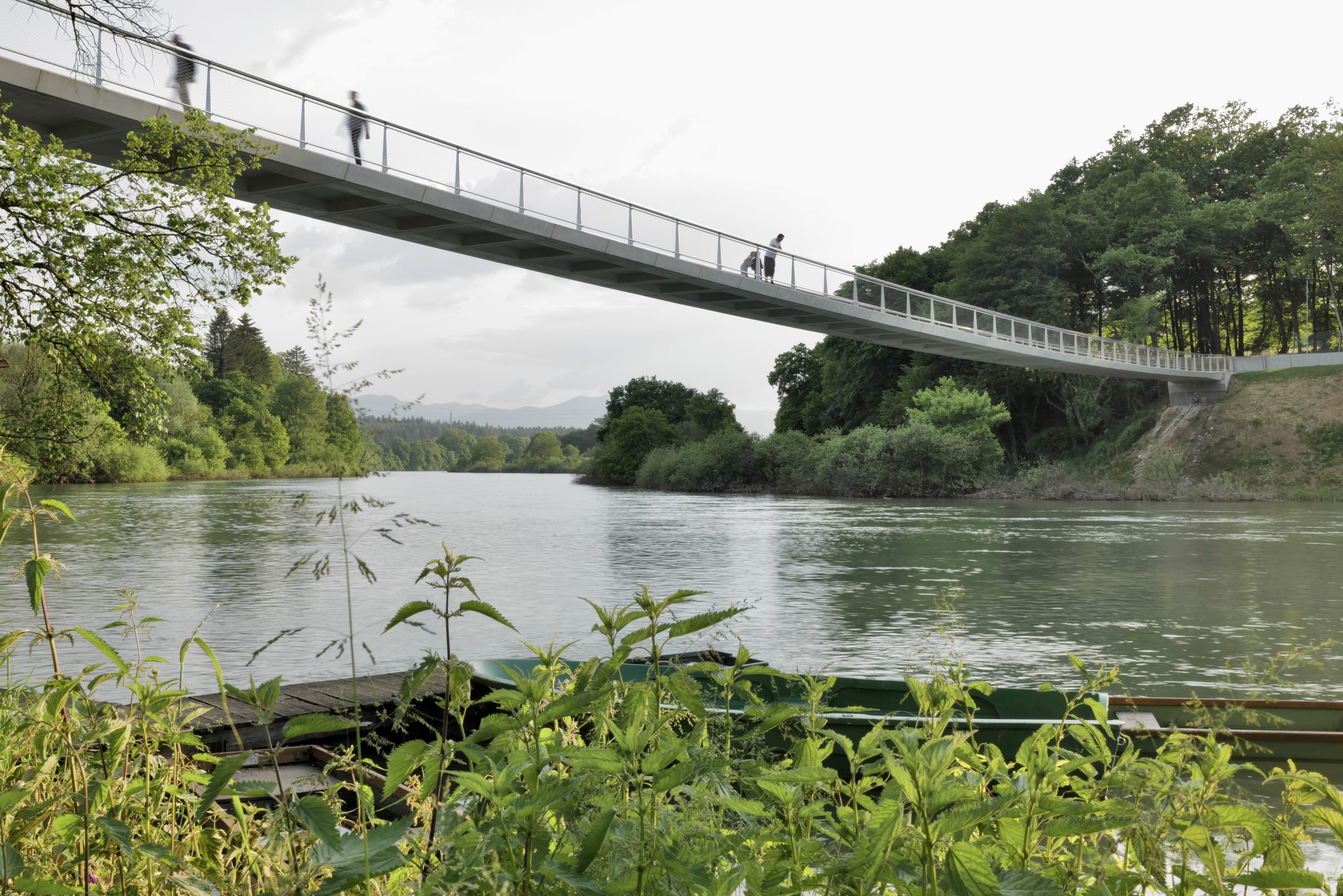
Project #2: TEM Čatež 3.0
Start year: 01.01.2021
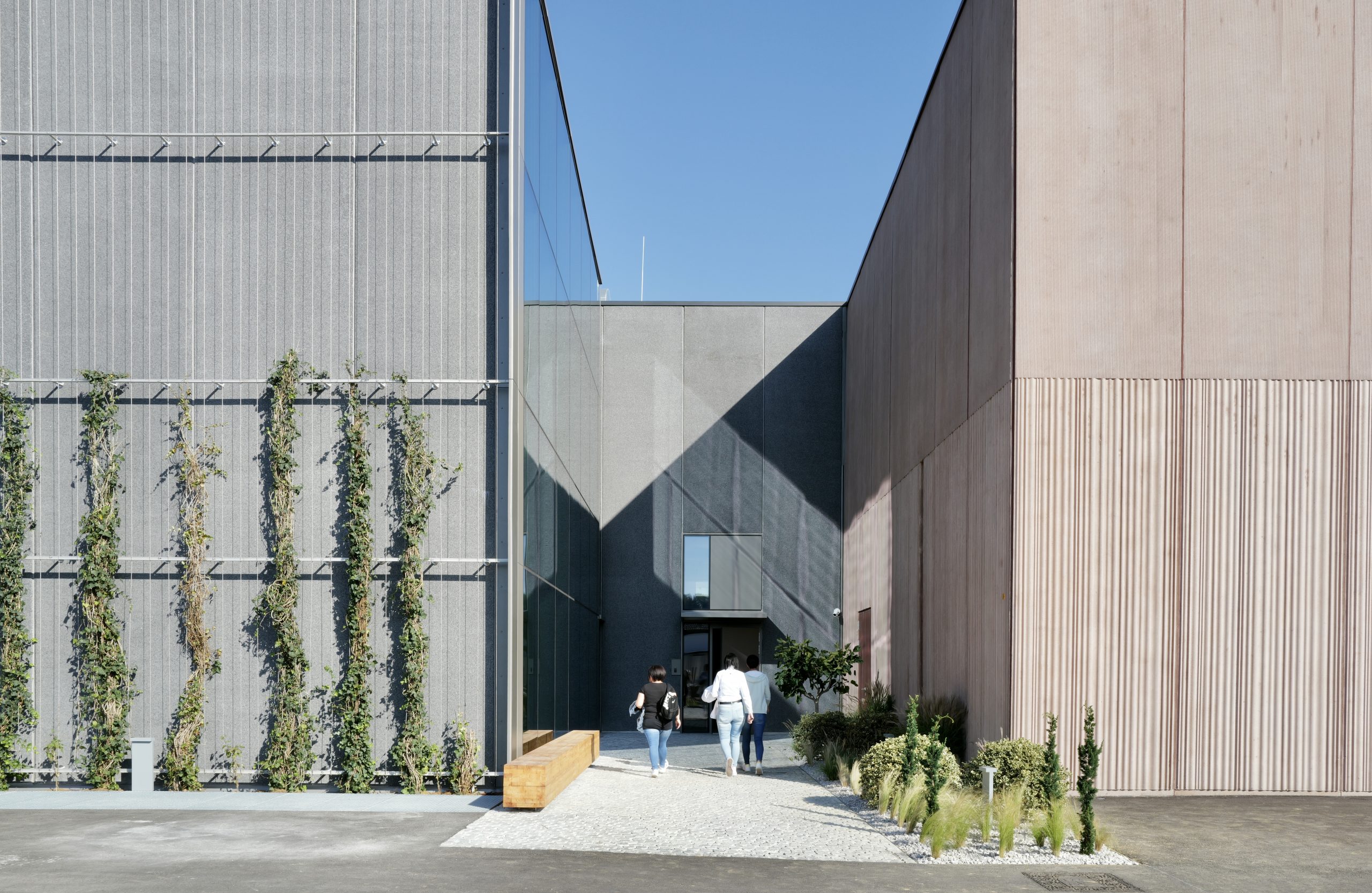
The new completed phase of the TEM Čatež factory is a surplus of boldness and vision of the client, who believes in the importance of the existence of design in the process of creating ideas and products. This factory, specialised in the manufacture of socket outlets, is set in a sensitive village environment, which requires a reflection on the harmony between the industrial and natural environment. The architects continued the bold idea started by the client. The result is an impressive architecture that is not only technically sophisticated, but also expresses aesthetic appeal and respect for its surroundings. TEM Čatež sets a new standard for industrial buildings, combining functionality with sensually designed spaces that create a pleasant working environment for employees. The latest completed phase of the TEM Čatež building reflects the belief that architecture also plays a key role in creating a factory that not only produces high quality products, but also contributes to an aesthetic and sustainable environment.

Project #3: Wattori
Start year: 02.04.2021
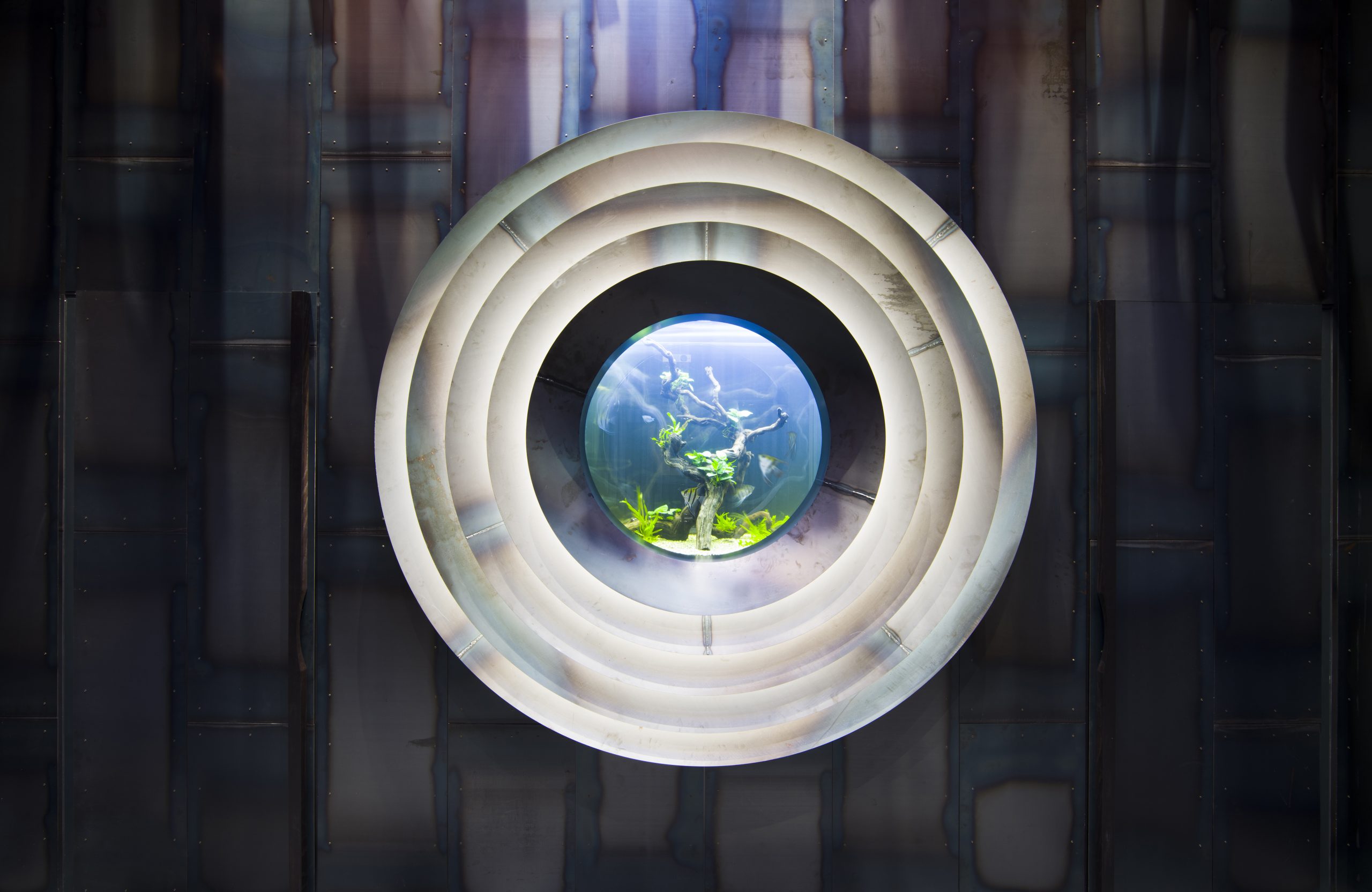
Wattori is part of the international NEDO project, in which Slovenian and Japanese partners have focused on the development of smart grids and smart communities. ELES, the operator of the combined electricity transmission and distribution network, has also set up the Wattori Smart Grid Demonstration Hub at the NEDO project site in Ljubljana to showcase the results of the international NEDO project and other ELES achievements in the field of smart grids. The client wanted a small demonstration space consisting of a restrained and modest entrance plaza, an anteroom with access to service areas, a digital meeting room and a staircase to the technology core of the project. Due to the exceptional technological character of the programme, which is complemented by this space, the design concept is based on legibility, simplicity and contrasts. Plus and minus.
